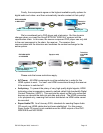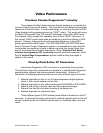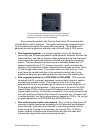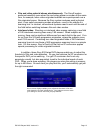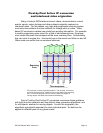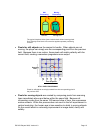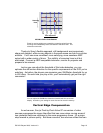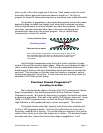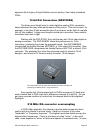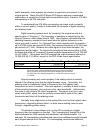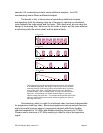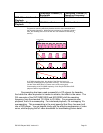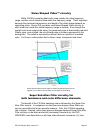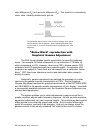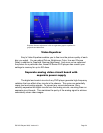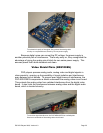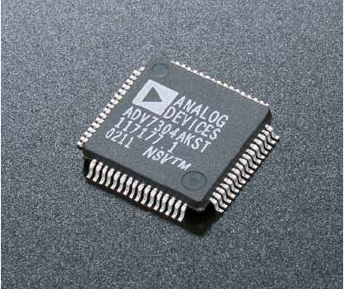
ES DVD Players 2005, Version 4.0 Page 18
approach the full glory of High Definition picture quality—from today's standard
DVDs.
14-bit D/A Conversion (NS9100ES)
The binary word length used in video digital-to-analog (D/A) conversion
helps determine the gray scale performance of the picture. This can be seen, for
example, in the play of light across the face of an actress, as the light of a candle
falls off into shadow. Longer word lengths contribute to smoother, more realistic
transitions from dark to light.
Starting with the DVP-S7000, Sony led the way with 10-bit video digital-to-
analog conversion. The DVP-NS900V raised the performance to 12-bit
conversion, producing four times the grayscale levels. The DVP-NS999ES
incorporated the Analog Devices ADV7304A, a 14-bit video D/A converter. Now
the DVP-NS9100ES incorporates the Analog Devices ADV7324, a refined 14-bit
converter. This produces four times the grayscale levels of common 12-bit
designs—and a total of 16 times as many as earlier, 10-bit designs.
The 14-bit video D/A converter also includes the video encoder and
processing for Macrovision™ Copy Protection.
Sony applies the 14-bit process both to DVD's luminance (Y) black-and-
white channel and to DVD's two color difference channels (P
B
and P
R
). So you
get more accurate rendition of colors from the deepest black to the brightest
highlights.
216 MHz D/A converter oversampling
In DVD-Video playback, the ultimate in picture detail comes into direct
conflict with the ultimate in picture clarity. Detail is a function of the video
"bandwidth" or "frequency response." The highest resolution details occupy the
highest video frequencies. Clarity is a function of video "noise." In the worst
case, noise appears as "snow" or flecks and specks of unwanted color. In more



